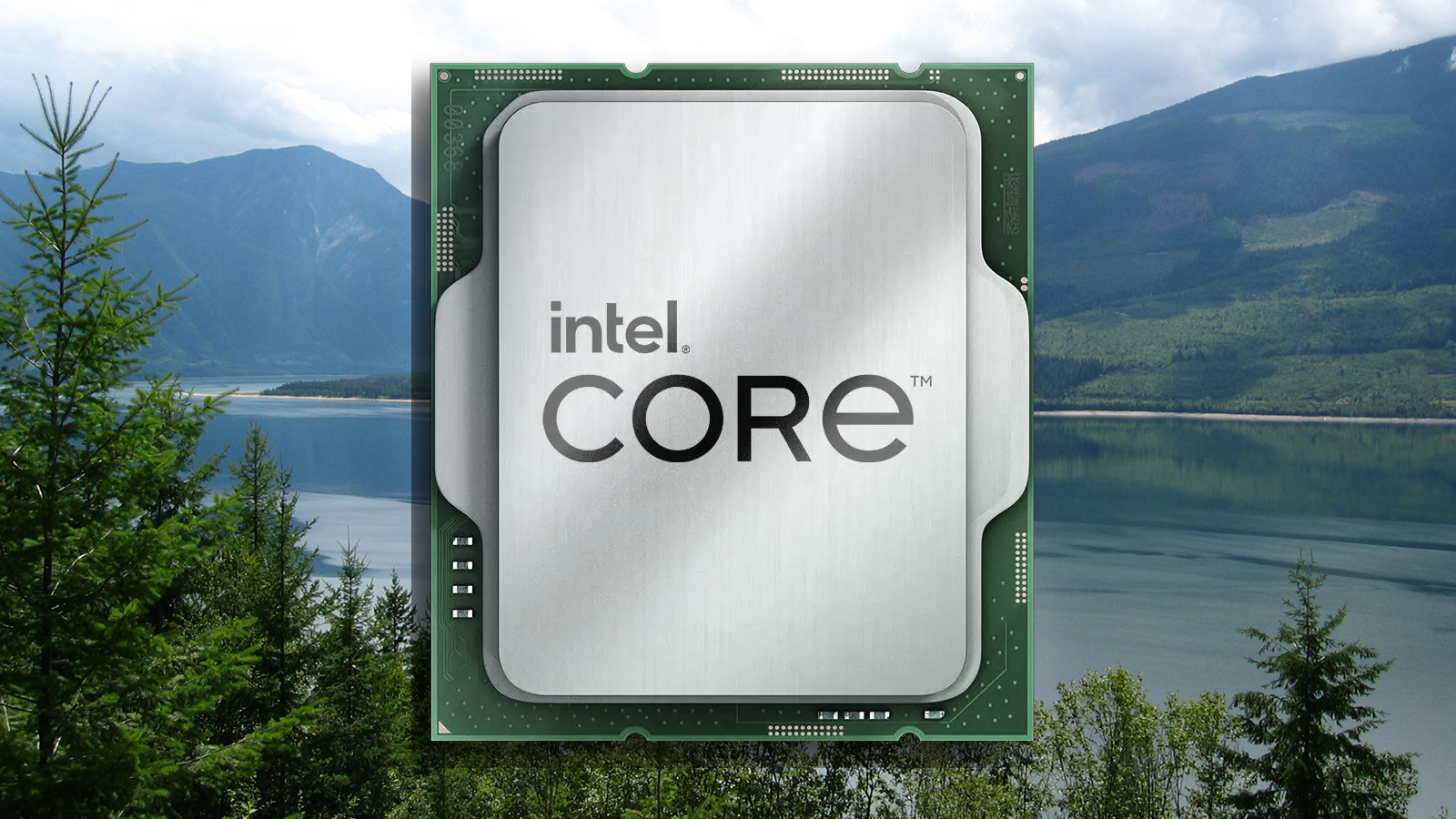Intel Arrow Lake Desktop CPU spotted without Hyper-Threading support
It looks like Intel will be ditching Hyper-threading with Arrow Lake
It looks like Intel are making some major changes with their next-generation Arrow Lake CPUs. More evidence has emerged that Intel may be planning to abandon hyper-threading with Arrow Lake, suggesting that Intel’s next-generation Performance Cores (P Cores) will feature some fundamental changes.
Hyper-threading has been part of Intel processors since its introduction in 2002. Hyper-threading allows more than one thread to be active within a single CPU core. This technology can enable more efficient use of CPU resources than single-threaded CPU cores, as two tasks running in parallel can take advantage of any idle time that may be present when a core is waiting for a task to be completed.
So why would Intel abandon Hyper-threading with Arrow Lake?
Modern CPU core designs do not need hyperthreading to operate efficiently. Intel’s Efficient cores (E-Cores) currently operate without hyper-threading, and none of the ARM-based CPU cores used by Apple, Qualcomm, Nvidia, and Samsung make use of the technology. Simply put, CPU cores can be designed to run efficiently without hyper-threading.
So why abandon hyperthreading? The key benefit of hyper-threading is to make use of inactive CPU resources or idle time by using two threads at once within a single core. With Arrow Lake, Intel may be aiming to deliver a CPU design that focuses more on single-threaded CPU performance. If Intel can design their new cores to minimise idle time and make active use of more CPU resources, hyper-threading becomes less and less beneficial. Such a move would also simplify Intel’s hybrid CPU technology. This is because there would no longer be a mix of cores where some have hyper-threading and others don’t. It would also simplify CPU core design, as they no longer need to consider feeding two separate threads.
I spotted a new #ArrowLake-S (CPUID C0660, 24 threads, 3GHz, w/o #AVX512) among the #Intel test machines:https://t.co/xiSjhpEcPP https://t.co/X7iBnRq9gW pic.twitter.com/Dasjo0L6Fp
— InstLatX64 (@InstLatX64) February 1, 2024
Moving away from hyper-threading is a strange move from Intel. That said, we do like the idea of having Intel focus on delivering stronger single-threaded performance with their P-cores. Remember, Intel’s E-cores are there to help deal with heavily multi-threaded workloads. With this in mind, we can see why Intel’s hyper-threading technology may be ditched on future Intel desktop processors.
You can join the discussion on Intel’s Arrow Lake CPUs seemingly lacking Hyper-threading and AVX-512 on the OC3D Forums.




